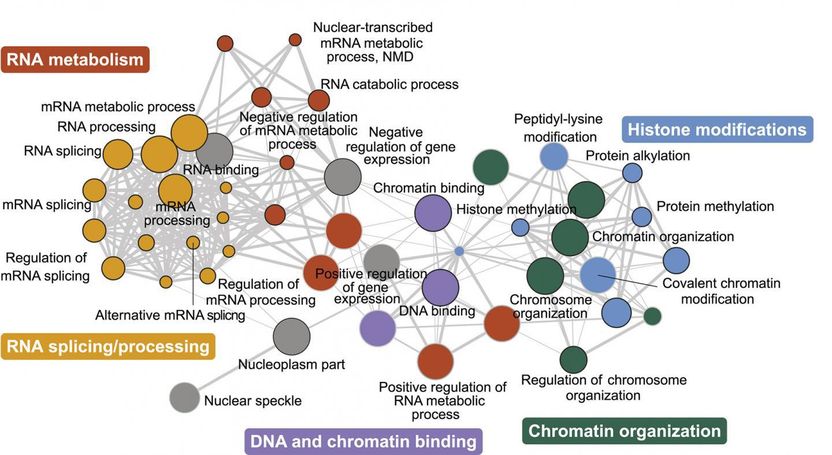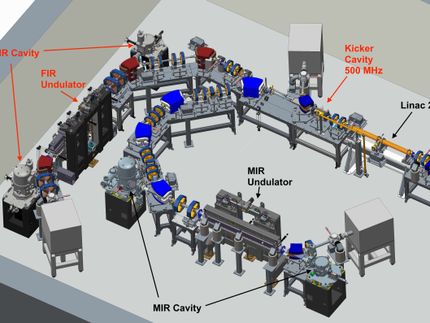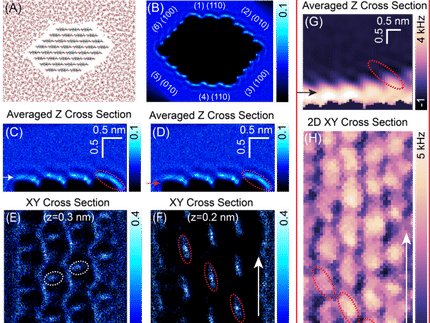Combined microscopy technique catches light-driven polymers in the act
Researchers combine high-speed atomic force microscopy with a laser light source for real-time observation of azo-polymer films
Expanding our scientific understanding often comes down to getting as close a look as possible at what is happening. Now researchers from Japan have observed the nanoscale behavior of azo-polymer films while triggering them with laser light.
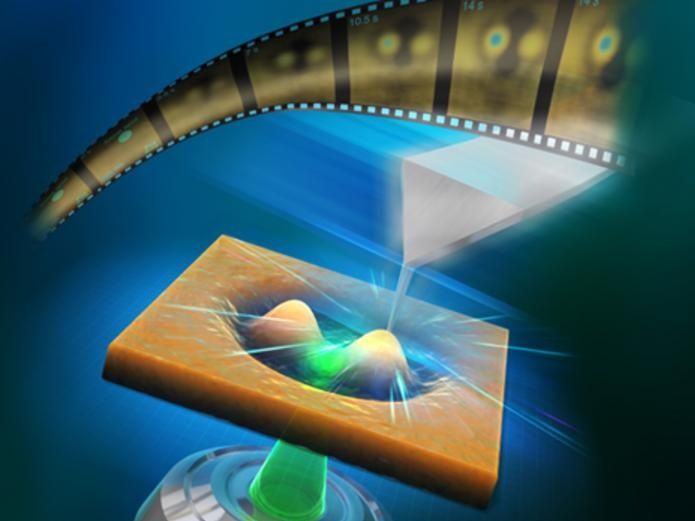
High-speed atomic force microscopy combined with a laser irradiation system for the in-situ real-time observation of azo-polymer deformation process
Osaka University
In a study published last month in Nano Letters the researchers from Osaka University used tip-scan high-speed atomic force microscopy (HS-AFM) combined with an optical microscope to create movies as the polymer films changed.
Azo-polymers are photoactive materials, meaning they undergo changes when light is shined on them. Specifically, light changes their chemical structure, which alters the surface of the films. This makes them interesting for applications such as optical data storage and providing light-triggered motion.
Being able to initiate these changes with a focused laser light while capturing images is known as in situ measurement.
“It is usual to investigate changes in polymer films by subjecting them to a treatment, such as irradiating with light, and then making measurements or observations afterwards. However, this provides limited information,” explains study lead author Keishi Yang. “Using an HS-AFM setup including an inverted optical microscope with a laser, allowed us to trigger changes in azo-polymer films while observing them in real time with high spatiotemporal resolution.”
The HS-AFM measurements were able to track the dynamic changes in the surfaces of the polymer films in movies with two frames per second. It was also found that the direction of the polarized light used had an influence on the final surface pattern.
Further investigation using the in situ approach is expected to lead to a thorough understanding of the mechanism of light-driven azo-polymer deformation, allowing the potential of these materials to be maximized.
“We have demonstrated our technique for observing polymer film deformation,” says study senior author Takayuki Umakoshi. “However, in doing so, we have shown the potential of combining tip-scan HS-AFM and a laser source for use across materials science and physical chemistry.”
Materials and processes that respond to light are important in a wide range of fields in chemistry and biology, including sensing, imaging, and nanomedicine. The in situ technique provides an opportunity to deepen understanding and maximize potential and are hence expected to be applied to various optical devices.
Original publication
Keishi Yang, Feng-Yueh Chan, Hiroki Watanabe, Shingo Yoshioka, Yasushi Inouye, Takayuki Uchihashi, Hidekazu Ishitobi, Prabhat Verma, Takayuki Umakoshi; "In Situ Real-Time Observation of Photoinduced Nanoscale Azo-Polymer Motions Using High-Speed Atomic Force Microscopy Combined with an Inverted Optical Microscope"; Nano Letters, Volume 24, 2024-2-26
Most read news
Original publication
Keishi Yang, Feng-Yueh Chan, Hiroki Watanabe, Shingo Yoshioka, Yasushi Inouye, Takayuki Uchihashi, Hidekazu Ishitobi, Prabhat Verma, Takayuki Umakoshi; "In Situ Real-Time Observation of Photoinduced Nanoscale Azo-Polymer Motions Using High-Speed Atomic Force Microscopy Combined with an Inverted Optical Microscope"; Nano Letters, Volume 24, 2024-2-26
Topics
Organizations
Other news from the department science

Get the analytics and lab tech industry in your inbox
By submitting this form you agree that LUMITOS AG will send you the newsletter(s) selected above by email. Your data will not be passed on to third parties. Your data will be stored and processed in accordance with our data protection regulations. LUMITOS may contact you by email for the purpose of advertising or market and opinion surveys. You can revoke your consent at any time without giving reasons to LUMITOS AG, Ernst-Augustin-Str. 2, 12489 Berlin, Germany or by e-mail at revoke@lumitos.com with effect for the future. In addition, each email contains a link to unsubscribe from the corresponding newsletter.
Most read news
More news from our other portals
Last viewed contents
Automated anatomic pathology labs transform global tissue diagnostics market - Offering attractive procurement strategies will boost adoption of high-end tools
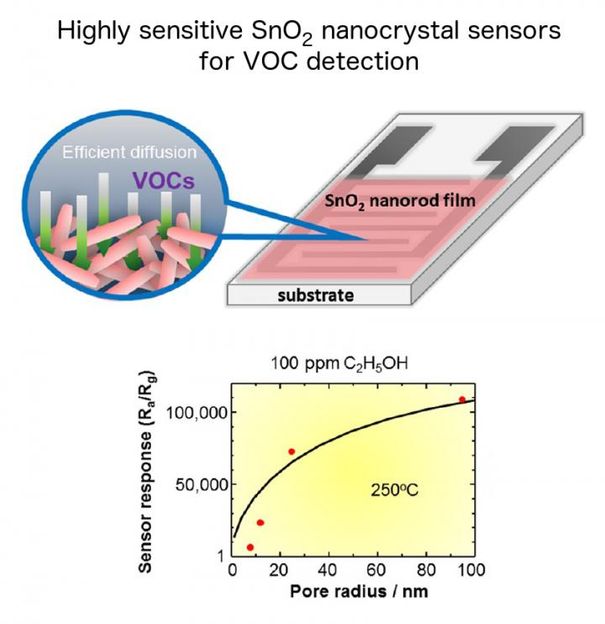
Highly sensitive gas sensors for volatile organic compound detection
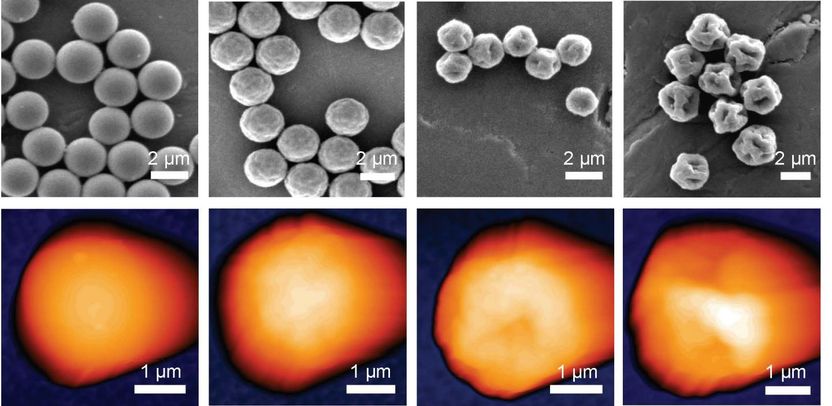
How rough microparticles can cause big problems
Materials research advances reliability of faster 'smart sensors'
NSF funds state's first imaging system for UAB microscale research lab
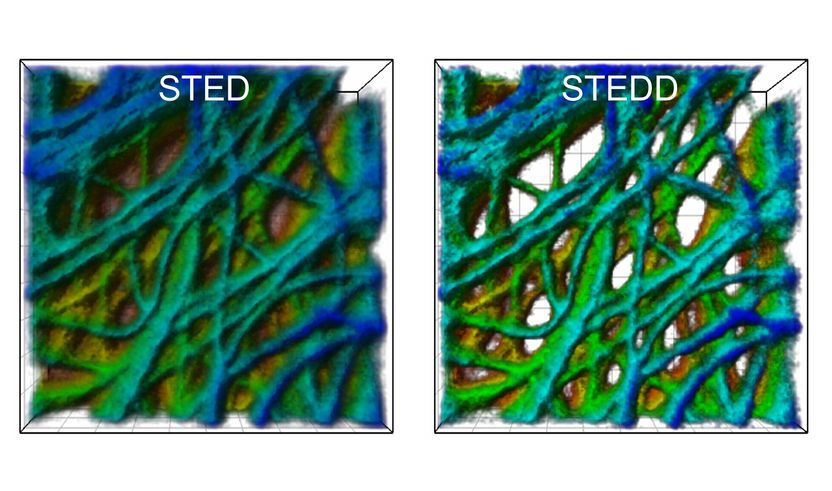
Background suppression for super-resolution light microscopy
GATC acquires SOLiD DNA Sequencer from Applied Biosystems
‘Two in a row’ as Malvern Instruments wins Queen’s Award for second year in succession
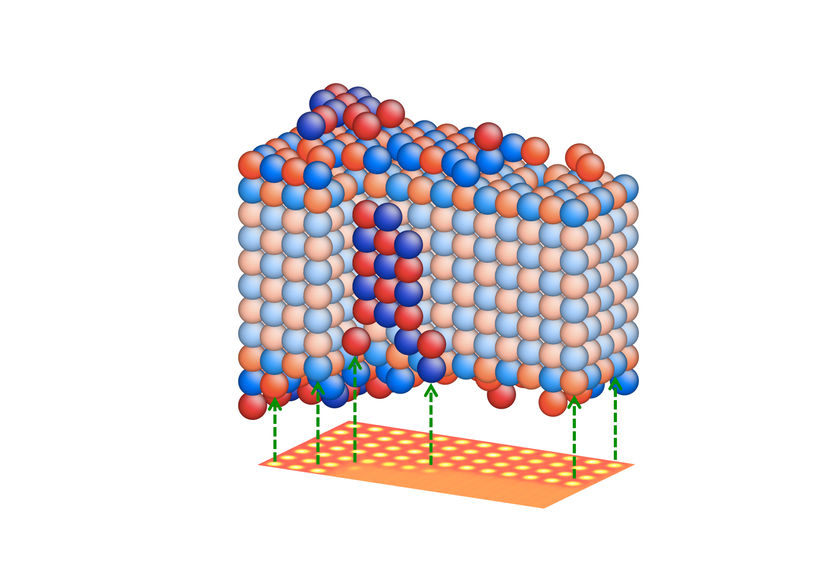
A Breakthrough in Electron Microscopy - Scientists reconstruct third dimension from a single image
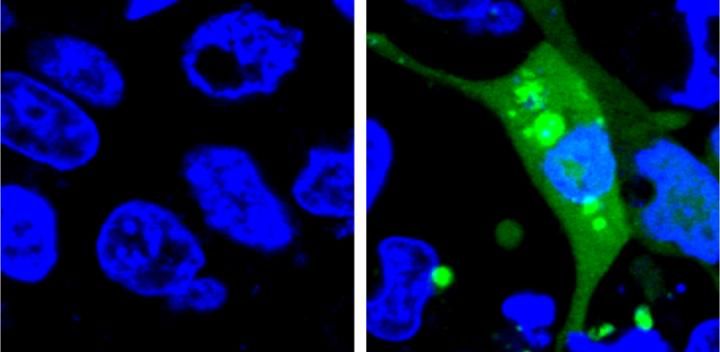
New, more sensitive sensor for evaluating drug safety

Malvern Instruments executive honoured for contribution to science and innovation
